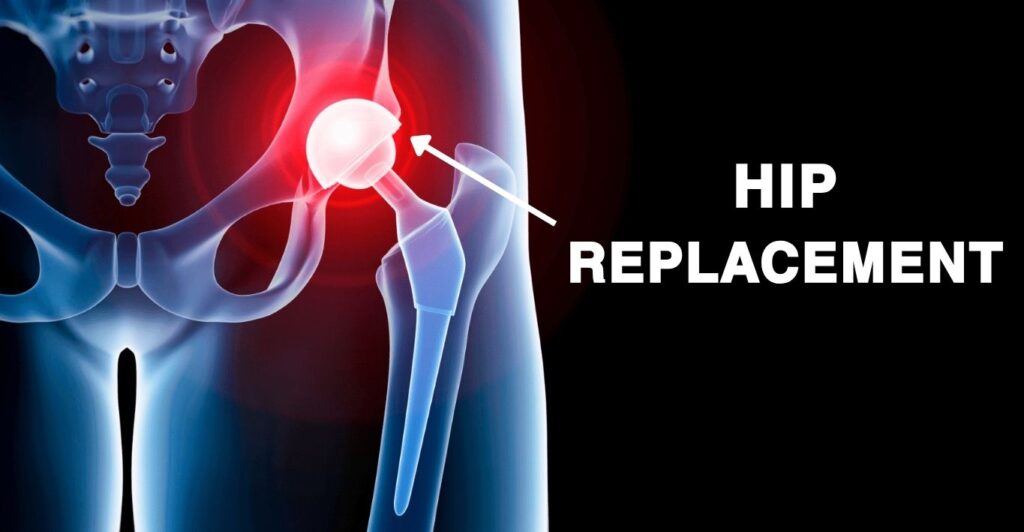
SIGNS YOU MIGHT NEED HIP REPLACEMENT SURGERY
Hip pain can sneak up on anyone — from athletes to those who’ve simply taken one wrong step. While some discomfort fades with rest or medication, persistent or worsening hip pain may point to deeper joint damage. Here are signs that it might be time to consider hip replacement surgery.
◼️You’ve sustained a hip injury
A serious fall or accident can directly damage your hip joint, but even minor injuries can cause lingering pain. If moving your hip becomes difficult or painful, it could be a sign of internal joint damage that needs medical evaluation.
◼️The pain persists, even at rest
It’s normal to feel soreness after physical activity, but not when you’re sitting or lying down. Pain that continues despite rest — especially at night — may indicate inflammation or joint compression that needs professional attention.
◼️Your hip feels stiff and swollen
Swelling and stiffness can make simple movements uncomfortable. Conditions like osteoarthritis, rheumatoid arthritis, or bursitis may be to blame. In some cases, surgical procedures such as an osteotomy or total hip replacement are needed to restore mobility.
◼️Everyday tasks are becoming harder
If bending, walking, or climbing stairs feels like a challenge, your hip joint may be deteriorating. A doctor can assess the extent of the problem and recommend treatment, from physical therapy to possible surgery.
◼️Nothing seems to relieve the pain
When medications, therapy, and injections no longer provide relief, surgery might be the next step. A hip replacement can address the root cause rather than just masking the pain.
◼️Chronic pain is affecting your mood
Constant discomfort can take a toll on your mental health, leading to frustration, anxiety, or even depression. In such cases, resolving the pain through surgery may improve both your physical and emotional well-being.
◼️You want lasting relief
Temporary treatments like painkillers or steroid injections wear off quickly. A hip replacement, however, can restore comfort and function for up to 20 years — giving you a more active, pain-free life.
If you recognize several of these signs, it may be time to consult an orthopaedic specialist. The sooner you seek help, the sooner you can return to moving freely and living comfortably again.
For more information, talk to a healthcare provider.
If you have any questions about HIP REPLACEMENT SURGERY, Please feel free to leave a comment.
Do share this blog with your friends and family!



